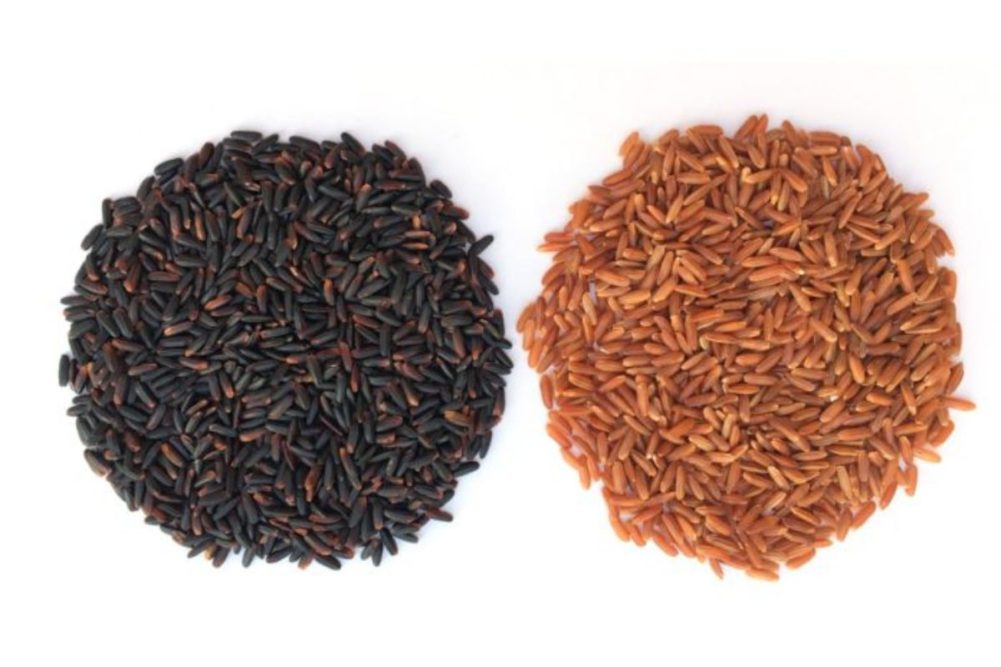STUTTGART, ARKANSAS, US — For decades, plain white rice along with other refined, high-carbohydrate light-colored foods, has been vilified by health promoters for being nutritionally insufficient. But new, boldly pigmented red and purple rice developed by the US Department of Agriculture seek to challenge that notion.
Led by Anna McClung, PhD, director at the Dale Bumpers National Rice Research Center in Stuttgart, Arkansas, US, scientists working under the Agricultural Research Service (ARS) of the USDA spent more than 15 years developing varieties that can be domestically grown and contain both nutritional and flavor components attractive to consumers.
“Everyone was becoming aware of diabetes and refined grains, and there was a concern from the rice industry that if everyone stops eating white rice, then that will have a huge effect on farmers,” McClung said.
She and her team produced two varieties — a purple rice called Tiara and a red variety called Scarlett.
“The pigments that are purple and red are just like the pigments that you find in grapes and berries and different fruits and vegetables, and some of those compounds — tannins, flavonoids and phenolics — have been shown to have antioxidant properties, which have a potential health-beneficial effect,” McClung said.
The purple rice originally was sourced in Asia, where it had been growing for thousands of years and was well known for its health properties. A Brazilian scientist saw its potential and partnered with the USDA’s ARS team to cultivate varieties that could be grown in both Brazil and America. McClung separately developed the Scarlett red rice variety by cultivating a hybrid version of brown rice and a red weedy species of rice that grows domestically to produce rice that is nutritionally enhanced and high yielding.
As for taste, McClung said she and her team partnered with a USDA sensory research group in New Orleans, Louisiana, US, to find the best tasting varieties.
“There’s more texture and chew to this rice compared to white rice, and the pigments themselves convey a flavor,” McClung said, adding that their profile is akin to aromatic varieties of rice like Jasmine and Basmati. But these aromatic grains are locally grown.
Both the purple Tiara and red Scarlett varieties are currently available in select markets at Kroger, Costco and Whole Foods. They are not widely accessible since McClung said they have not yet had the time to generate enough seed for mass production.





